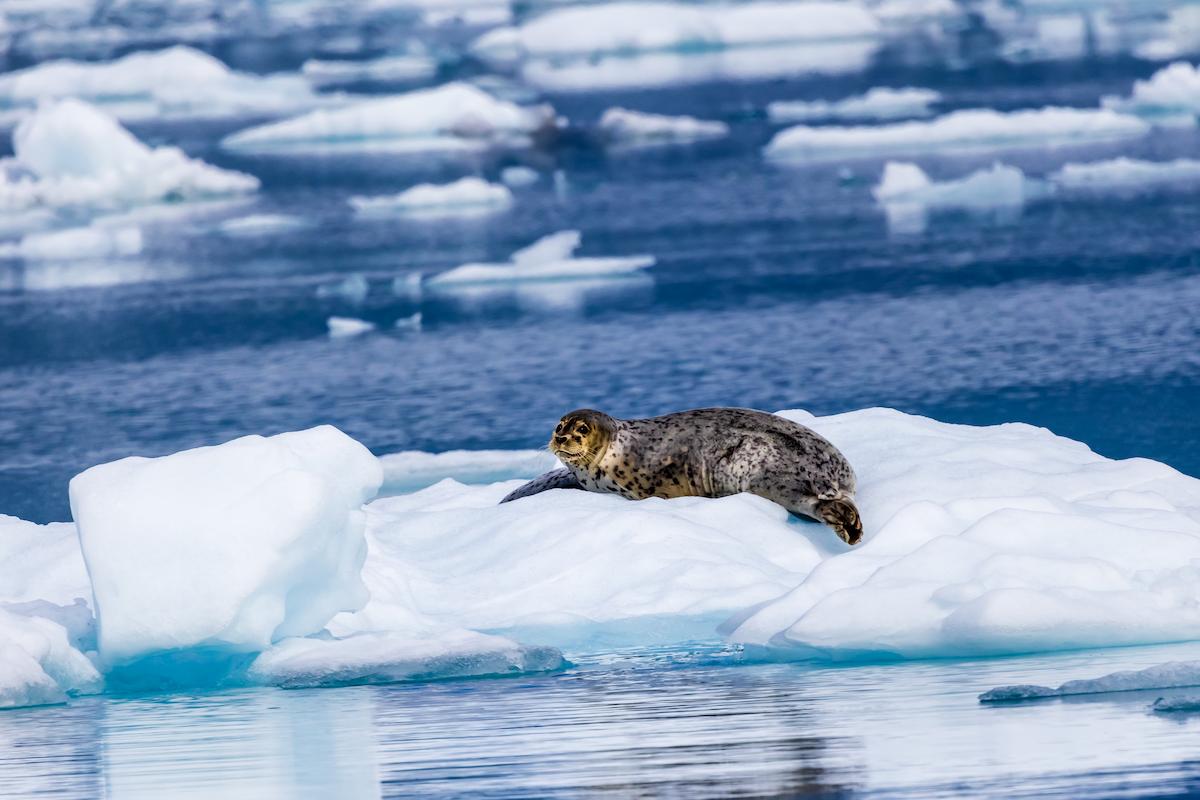
The Role of Tides, Ice, and Wildlife in Shaping Alaska’s Glaciers
Alaska’s glaciers are among the most stunning natural wonders on Earth. Every year, they bring guests from all over the world to witness their scale and beauty.
These icy giants are not static; they are constantly evolving, sculpted by tides, moving ice, and even the region’s native wildlife. In Southcentral Alaska, especially near Anchorage and coastal areas like Whittier and Prince William Sound, these forces work together to create ever-changing, breathtaking landscapes.
Different Glaciers of Alaska
Southcentral Alaska is home to some of the most accessible and awe-inspiring glaciers, each with its own unique features. Glaciers like Matanuska Glacier and those in Harriman Fjord offer unforgettable glimpses into the powerful forces of nature.
Matanuska Glacier, a short drive from Anchorage, is known for its blue ice and accessible hiking trails, while Harriman Fjord presents dramatic glacier fronts that are best viewed by boat. Understanding these glaciers is key to appreciating how tides, ice movement, and wildlife have helped shape them over thousands of years and what impact they will have in the future.
How Shifting Tides and Ice Impacted the Landscape of Alaska
Tides play a major role in the formation and behavior of coastal glaciers in Alaska. As the tides rise and fall, the ocean water lifts and lowers the floating edges of tidewater glaciers. This constant motion helps to weaken large chunks of ice, leading to dramatic calving events where sections of the glacier break off and crash into the sea.
In areas like Prince William Sound, shifting ice shapes fjords and valleys over time. As glaciers advance and retreat, they carve deep troughs into the earth, which later fill with seawater and become the scenic waterways guests explore today. The seasons also impact glacier formation, as glaciers only exist in areas that experience high amounts of snow in the winter and cool temperatures throughout the summer. Seasonal ice melt and movement continue to refine these landscapes, demonstrating the immense geological power that is packed into these slow-moving rivers of ice.
Native Wildlife’s Role in Alaska’s Glacier Systems
It might not seem like it, but there is a meaningful connection between wildlife and the formation of glaciers. For instance, in Alaska, birds such as gulls and puffins nest along glacier-carved cliffs, bringing nutrients from the ocean back to the land and influencing vegetation patterns. Meanwhile, marine mammals, like harbor seals, Steller sea lions, and Dall’s porpoises, rely on the icy waters near glaciers for food and shelter. Their activities can influence ice movement and sediment distribution in subtle but important ways.
For instance, seals haul out onto floating icebergs to rest and give birth, sometimes causing small shifts in iceberg positioning that, over time, contribute to changes in the local icescape. Many guests find observing wildlife around glaciers to be a highlight, as it provides a deeper understanding of how animals rely on their surroundings to thrive in cold climates and gives us a glimpse into the complex ecosystem between animals and their natural environments.
Book a Tour Today
Seeing Alaska’s glaciers up close is an unforgettable experience. Whether you are hiking alongside the Matanuska Glacier or cruising through the icy fjords of Prince William Sound, there are endless opportunities to witness these powerful forces of nature at work.
From the towering ice walls of Harriman Fjord to the flowing trails of Matanuska Glacier, every journey offers a firsthand look at the dynamic role tides, ice, and wildlife play in shaping the landscape. Plan your adventure today and experience the incredible glacier facts and unique features that make this region one of the most extraordinary places on Earth.
Image credit: Mark A. McCaffrey / Shutterstock
